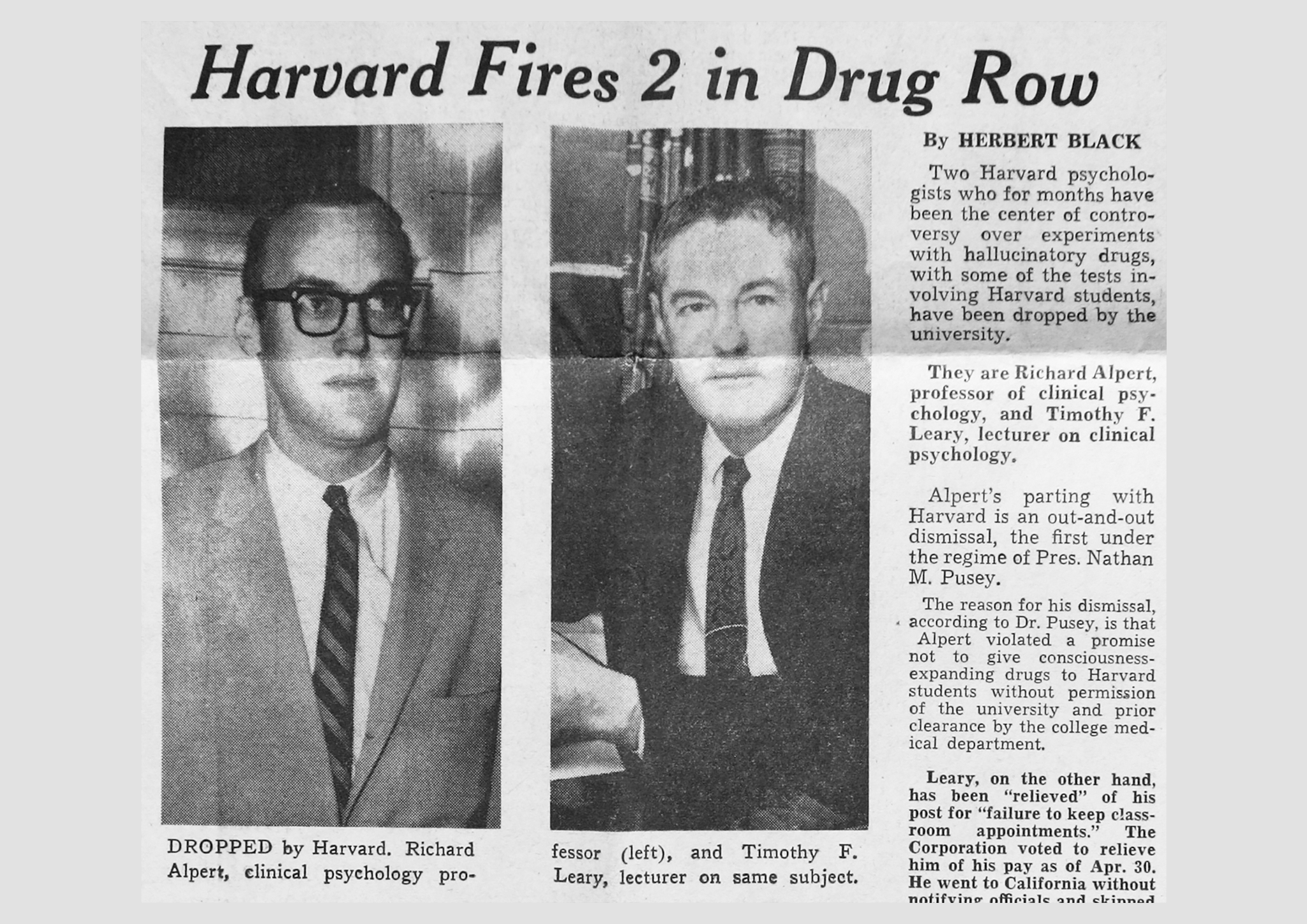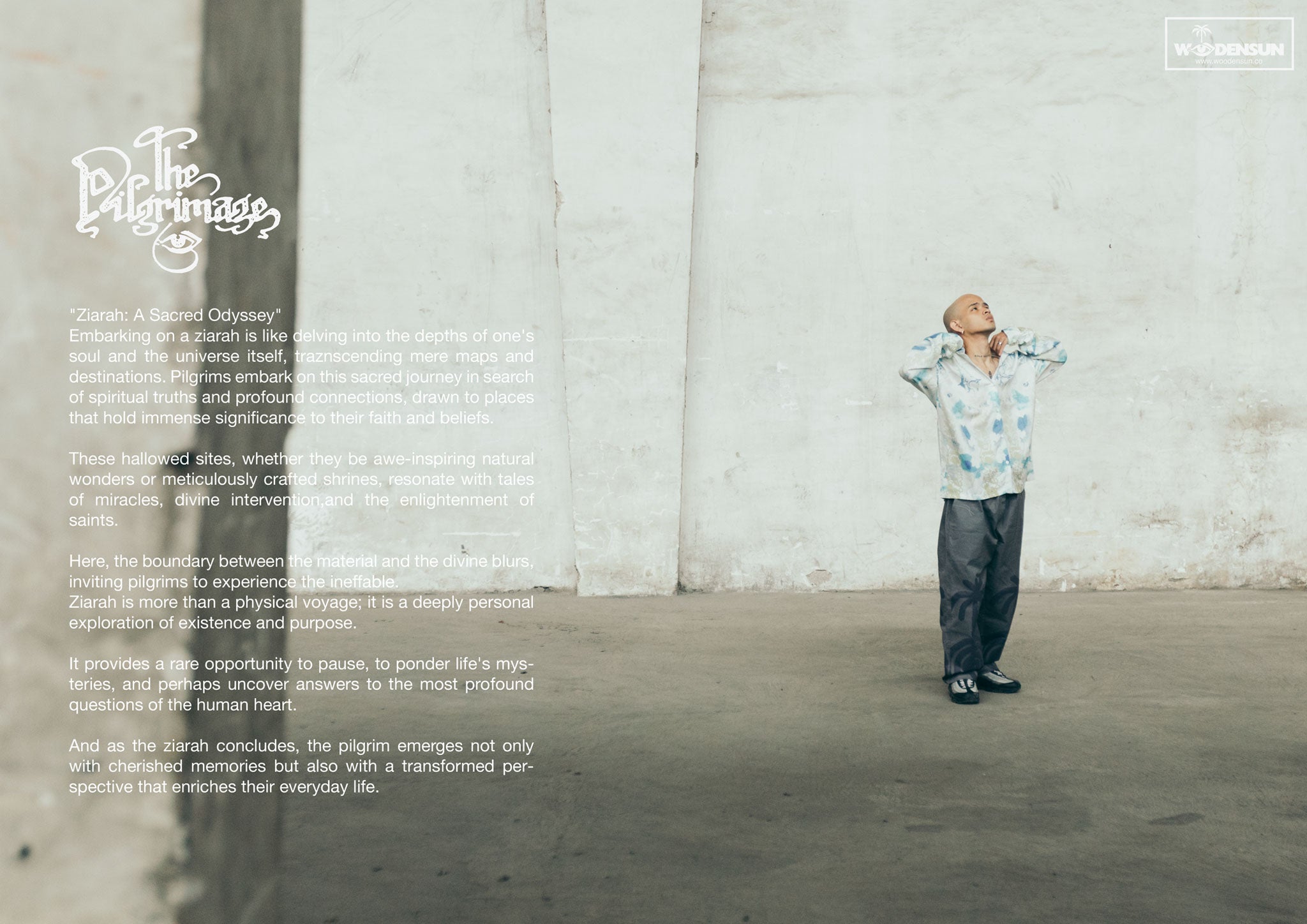Paul Laffoley ; From Architectural Dimensionality to Visionary Painting
Paul Laffoley, an artist celebrated for his vibrant paintings that blend science and knowledge systems, delved deep into the universe's mysteries through his intricate compositions.

Born in 1935, Paul Laffoley began his journey as an architect, where he merged technical visions into detailed drawings and spatial forms. In the early 1960s, he moved to New York to apprentice under Frederick Kiesler. During his time there, Laffoley contributed to the World Trade Center project and crossed paths with Andy Warhol, who hired him to watch TV at night and take notes.
Upon returning to Boston, Laffoley established his studio and founded the “Boston Visionary Cell” in 1971, an art organization where he expressed metaphysical research through paintings and diagrams.

Cosmogonic Diagrams
Laffoley’s paintings serve as portals, blending art and science into a form of alchemy. He fuses mandalas with industrial design to depict mental machines from his futuristic visions. Through the intricate combination of words and images, he creates complex cosmic diagrams that link various themes, aiming to elevate one's awareness and understanding of the world.
His paintings can be seen as inventions or representations of advanced consciousness, drawing from philosophical, alchemical, esoteric, religious, and mystical concepts. Laffoley's work is also inspired by writers like Dante and H.P. Lovecraft, weaving a cosmogony that alternates between mythology and science fiction. Displayed on large canvases, these enigmatic creations invite viewers on a visual initiatory journey, filled with questions and research. When his cosmological cartography is finally deciphered, it promises to reveal profound answers.

Living and Working in the "Boston Visionary Cell"
Paul Laffoley, renowned for his large, mandala-like paintings filled with symbols, sought to merge the infinite freedom of human imagination with the precise mathematics of the physical world. After studying Classics, Philosophy, and Architecture at Harvard and Brown, Laffoley moved to New York in 1962. He worked as an assistant to visionary Frederick Kiesler and was hired by Andy Warhol for late-night TV viewing. Following a dismissal by Kiesler, he spent 18 months designing floors 15 to 45 of the World Trade Center Towers with Emery Roth & Sons, under architect Minoru Yamasaki. When Laffoley suggested adding bridges for safety between the towers, Yamasaki fired him.
Returning to Belmont in 1965, he began creating his first mature-style paintings in his basement, against his father's wishes. On Christmas Day, 1968, after a quarrel with a studio partner, Laffoley urgently needed a new studio. He found an empty room on the second floor of a downtown office building at 36 Bromfield Street in Boston and moved in immediately, establishing the Boston Visionary Cell.

Laffoley organized his ideas using the mandala format that fascinated him since childhood, exploring Operating Systems, Psychotronic Devices, Lucid Dreams, Meta-Energy, and Utopian theory. Each painting, conceived as a "structured singularity," often took one to three years to complete.
In 1989, Kent Gallery published the first monograph on Laffoley, The Phenomenology of Revelation. He obtained his formal Architectural License in 1990. His first museum retrospective in 1999 led to the publication of Paul Laffoley: Architectonic Thought-Forms: 1967-1999, to the Brink of the Bauharoque. His work has since been showcased at prestigious venues such as Palais de Tokyo in Paris (2009), Hamburger Bahnhof in Berlin (2012), Hayward Gallery in London (2013), Henry Art Gallery in Seattle (2013), and Yerba Buena Center for the Arts in San Francisco (2013).
In spring 2016, the University of Chicago Press will publish The Essential Paul Laffoley, featuring nearly one hundred of his works with accompanying "thought form" texts, an introduction by Douglas Walla, a biography by Steven Moskowitz, and essays by scholars Linda Dalrymple Henderson and Arielle Saiber. This book will celebrate the extraordinary theories, writings, and artworks of Paul Laffoley.













